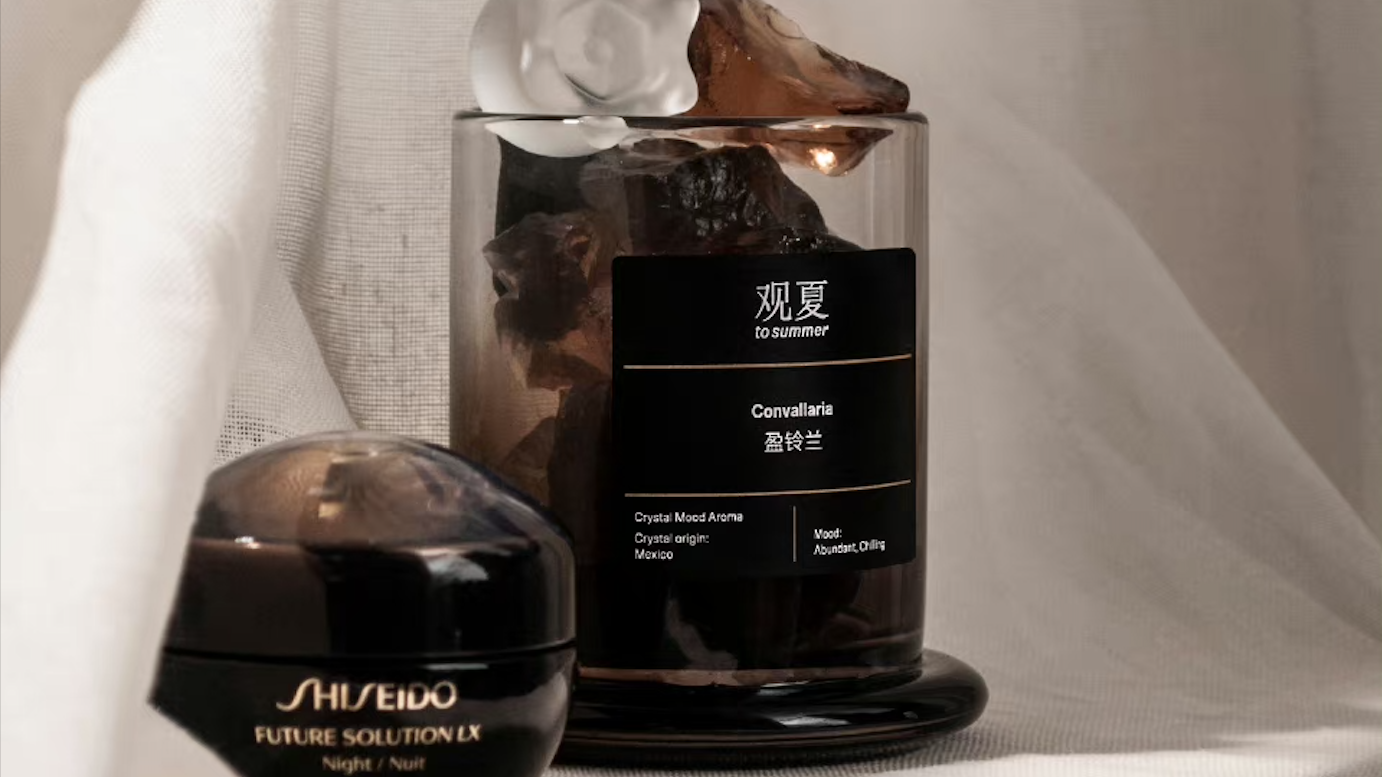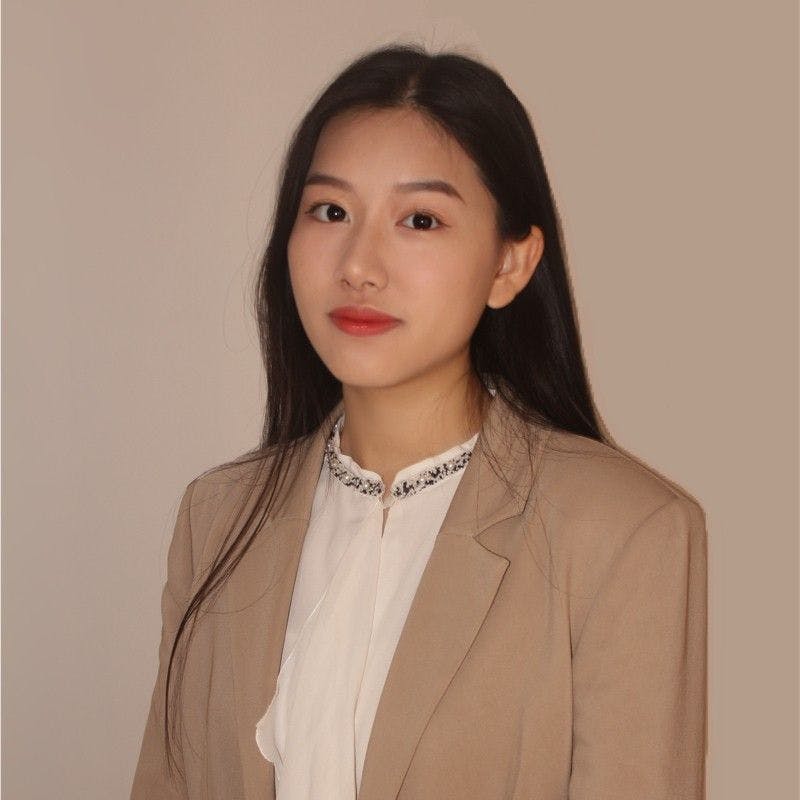Though homegrown beauty brands pose a growing threat to international beauty names operating in China, some global players — such as Shiseido, Estée Lauder, and L’Oréal — are joining forces with C-beauty labels to better engage young shoppers.
Domestic C-beauty companies’ have expanded their market share in recent years thanks to effective digital engagement strategies and affordable prices. Approximately 50 percent of Chinese consumers say they regularly buy homegrown beauty products, according to a report by The Business of Fashion (BoF) and McKinsey.
“Global brands don’t have that much traction with the younger generations in China. This cohort focuses more on the brand’s personality versus the fame, which is distinctly different from their parents and grandparents,” says Allie Rooke, founder of Clean Beauty Asia, which provides services to indie beauty brands in China.
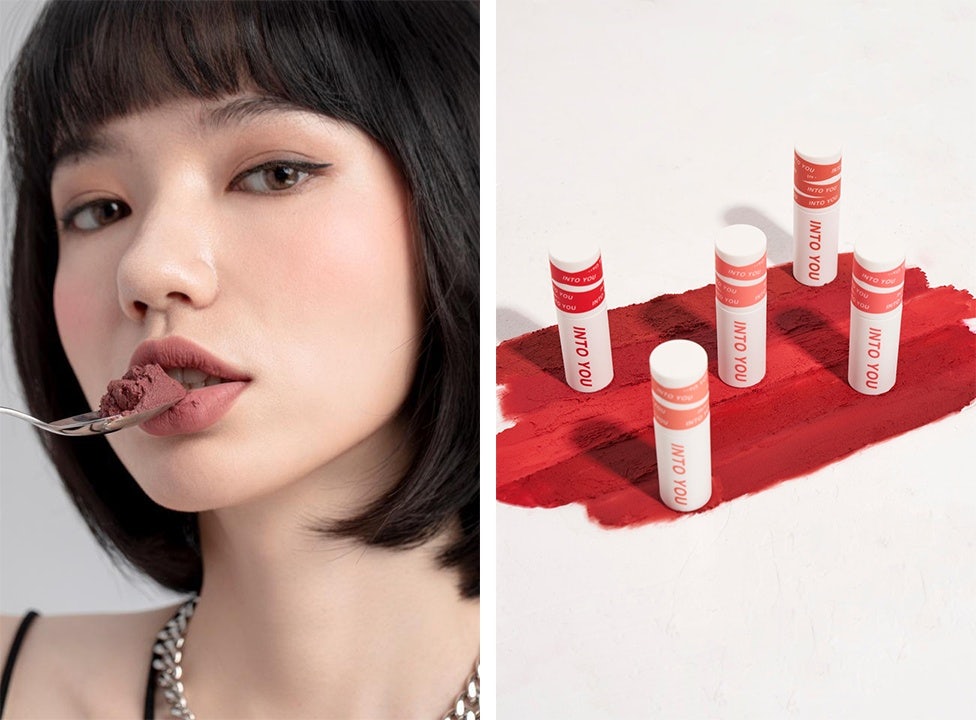
“Local brands are no longer called ‘emerging brands,’ and they are gaining influence,” Hwee Chung, group business director at Kantar Worldpanel, who oversees the beauty industry, tells Jing Daily.
China — the beauty industry’s growth engine — is forecast to account for around one-sixth of global beauty retail sales by 2027, according to the BoF report. In particular, the premium segment’s sales, where major international beauty brands are positioned, is expected to grow at around 10 percent CAGR from 2022 to 2027.
Here, Jing Daily looks at partnerships that have resonated with consumers in China.
Shiseido x To Summer#
It’s rare to see international skincare brands collaborate with their direct C-beauty competitors.
In May, Japanese high-end skincare label Shiseido teamed up with Chinese fragrance brand To Summer to co-create an aromatherapy scent called Convallaria (盈铃兰). Inspired by Shiseido’s Future Solution LX Night cream, its top top notes include lily of the valley and sandalwood.
The co-branded scent was launched earlier this month to coincide with China’s Grain Buds (小满) solar term, which covers the period when grain grows vigorously, a time in ancient China seen as full of hope and good prospects.
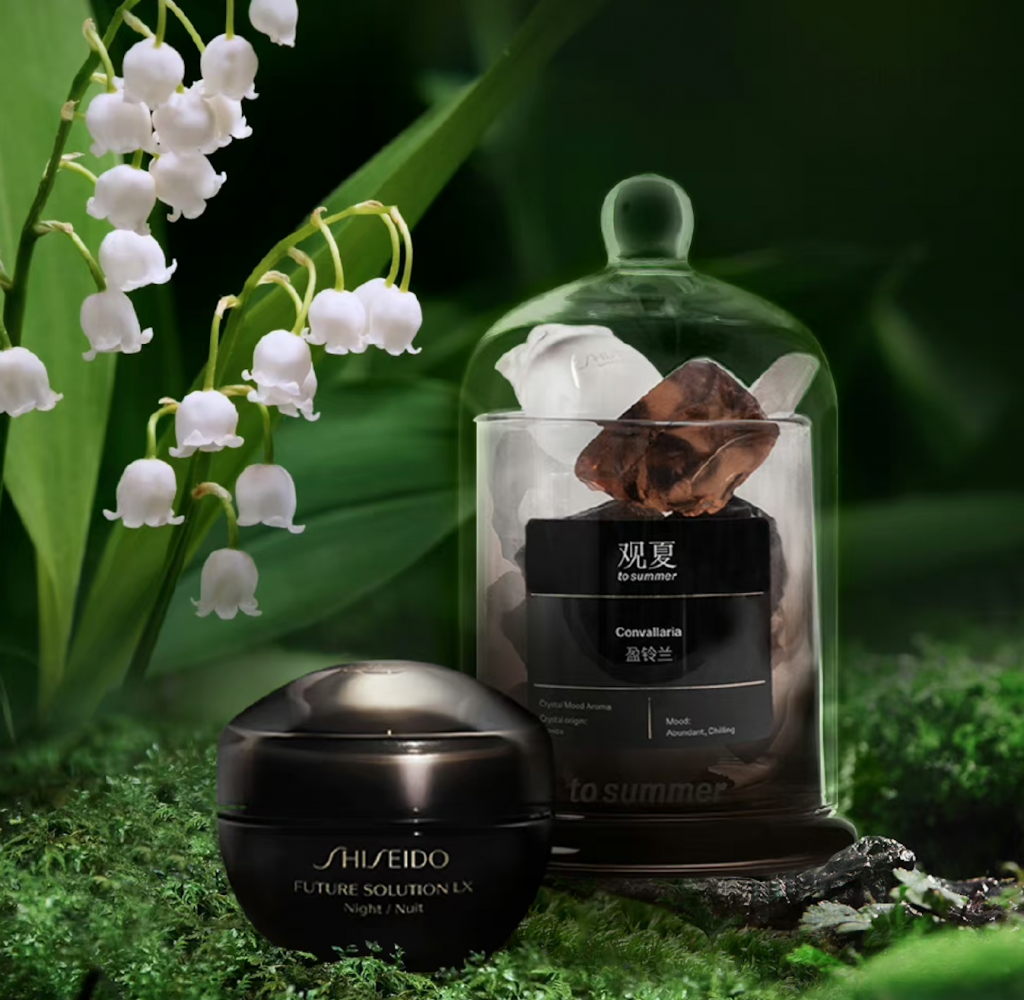
The one-of-a-kind collaboration enriches and enhances awareness of Shiseido’s Future Solutions LX high-end line through localized cultural references. Shiseido x To Summer’s cooperation will last for one year.
“Rather than blunt collaboration and blending Chinese elements directly into the products and campaign, foreign brands are smartly choosing independent C-beauty brands that share the same values and business concept. Shiseido x To Summer’s scent diffuser aims to create inner peace and relaxation, which perfectly fits both the brand image and the perception they want to deliver,” says Hwee.
China’s fragrance market is buoyant. It’s forecast to double in size by 2027 from $2 billion (14 billion RMB) today, according to the BoF report.
Domestic consumers have already begun wearing perfume more often and seeking differentiating brands. In light of this, the partnership with To Summer offers Shiseido a springboard to dip its toes into China’s booming fragrance market.
Estée Lauder x Feng Chen Wang#
The American cosmetics giant Estée Lauder continues to build momentum in China by collaborating with influential Chinese designers.
After collaborating twice with Shanghai-based brand Shushu/Tong, the retro-futuristic label characterized by a girlish aesthetic, in April this year, Estée Lauder joined forces with China’s most established homegrown designer and collaboration favorite, Feng Chen Wang.
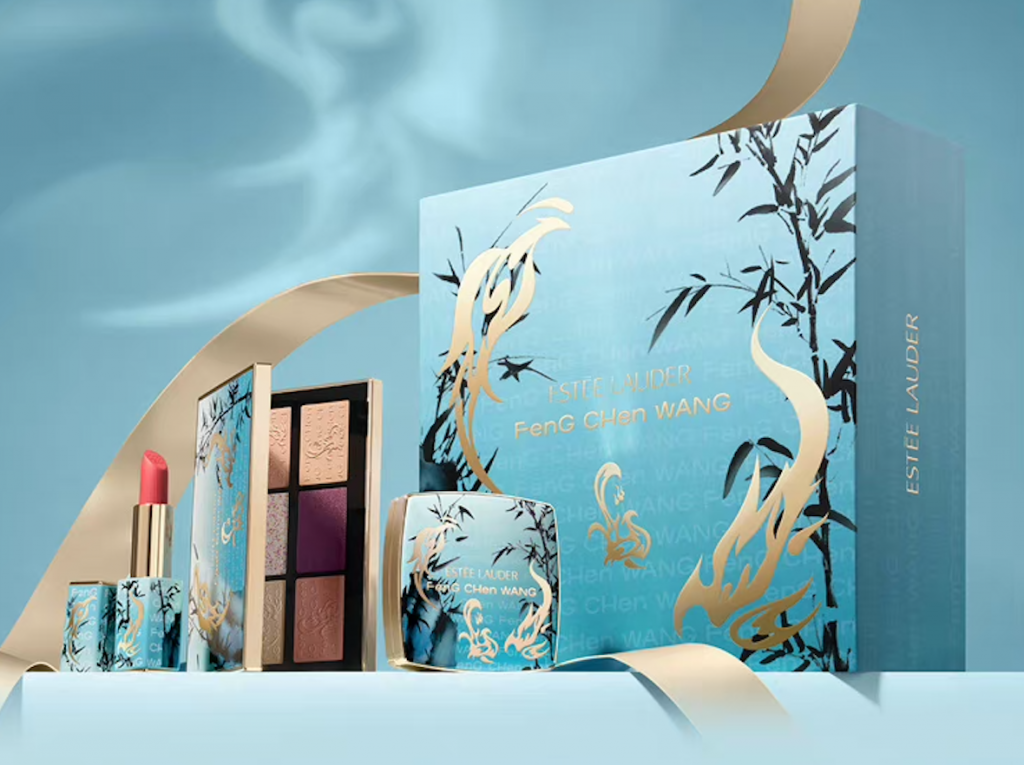
The collaboration, which covered only the packaging design, achieved stellar engagement on Weibo. The #EstéeLauderxFengChenWang# hashtag generated 19 million views and 1 million organic posts.
“Both brands are dedicated to female empowerment,” says Hwee. “The campaign’s message of self-expression and the endless possibilities for women are highly appreciated in the domestic market.”
The partnership shows the global beauty brand’s understanding of and respect for local Chinese culture and designers, helping it gain trust among consumers.
“Most of the time, collaboration is a win-win situation. The practice is becoming increasingly common across all categories, even luxury. The recent Fendi x Heytea collaboration received very high exposure on social media. Also, premium beauty brands such as Aesop and Le Labo are choosing a localized strategy for their store launches in China,” says Clean Beauty Asia’s Rooke.
L’Oréal invests in Documents#
An example of a longer term approach to C-beauty brand collaboration is L’Oréal’s minority investment in Chinese high-end perfume brand Documents at the end of last year.
The investment by L’Oréal’s China fund, Shanghai Meicifang Investment, ramps up the presence of the world’s largest cosmetics company in China in subcategories where local brands are outperforming.
“Product development is a super time-consuming aspect,” says Rooke.
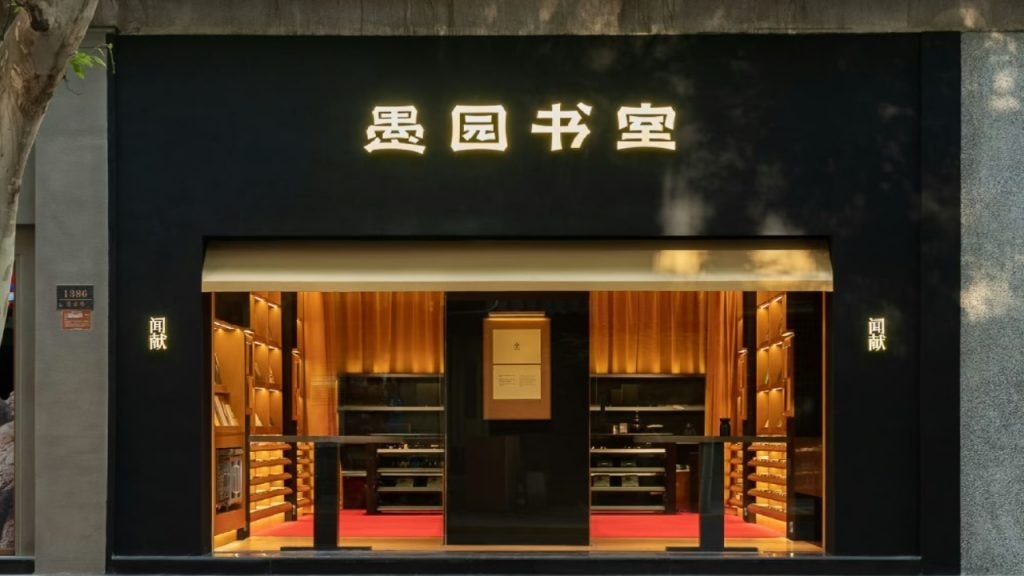
Investing in emerging players provides a faster gateway for global brands to take a bite of the $2 billion market rather than directly competing with them. Household names are also benefiting from the deal-making.
“Many of these local brands have global ambitions, so this is a good starting point,” says Rooke.
In the future, the battlefield that matters most to international and Chinese beauty companies will likely be global, not the mainland.
